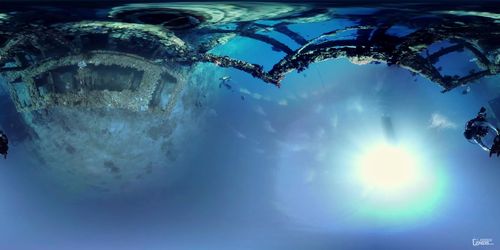Understanding the Rock Cycle: A Comprehensive Guide to Rock Cycle Information
Introduction
When we look around us, we see a wide range of rocks, from giant boulders to small pebbles. But have you ever wondered how these rocks were formed? The answer lies in the rock cycle, a natural process that has been ongoing for millions of years. Understanding the rock cycle can help us appreciate the complexity of the Earth’s geology and how it impacts our daily lives.
What is the Rock Cycle?
The rock cycle is a continuous process of formation, breakdown, and transformation of rocks. It is driven by the movement of the Earth’s tectonic plates and the heating and cooling of the Earth’s interior. There are three main types of rocks in the cycle: igneous, sedimentary, and metamorphic.
Igneous Rocks
Igneous rocks are formed from the cooling and solidification of magma or lava. Magma is molten rock that forms beneath the Earth’s surface, while lava is molten rock that is extruded onto the Earth’s surface. When magma or lava cools and solidifies, it forms igneous rocks. Examples of igneous rocks include granite, basalt, and pumice.
Sedimentary Rocks
Sedimentary rocks are formed from the accumulation of sediment. Sediment is any material that is transported by wind, water, or ice and settles on the Earth’s surface. Over time, sediment accumulates in layers and is compacted and cemented together, forming sedimentary rocks. Examples of sedimentary rocks include sandstone, limestone, and shale.
Metamorphic Rocks
Metamorphic rocks are formed from the transformation of existing rocks under high temperature and pressure conditions. This can occur deep within the Earth’s crust or during tectonic activity such as mountain building. The process of metamorphism causes the minerals in the original rock to rearrange and form new minerals, resulting in a new type of rock. Examples of metamorphic rocks include marble, slate, and gneiss.
The Rock Cycle Process
The rock cycle is a continuous process, with each type of rock being transformed into another type over time. Igneous rocks can be weathered and eroded into sediment, which then accumulates and forms sedimentary rocks. Sedimentary rocks can be buried deep within the Earth’s crust and undergo metamorphism, forming metamorphic rocks. Metamorphic rocks can then be subjected to tectonic activity, which can cause them to melt and form magma, restarting the rock cycle.
Conclusion
Understanding the rock cycle is key to understanding the Earth’s geology and how it impacts our daily lives. The continuous process of formation, breakdown, and transformation of rocks is driven by the movement of the Earth’s tectonic plates and the heating and cooling of the Earth’s interior. By learning about the different types of rocks and the rock cycle process, we can gain a deeper appreciation for the natural world around us.
(Note: Do you have knowledge or insights to share? Unlock new opportunities and expand your reach by joining our authors team. Click Registration to join us and share your expertise with our readers.)
